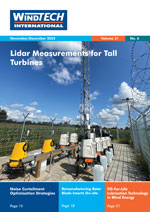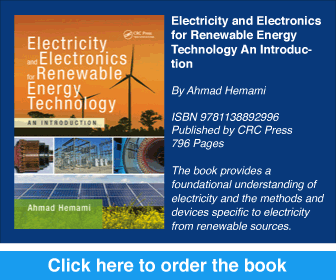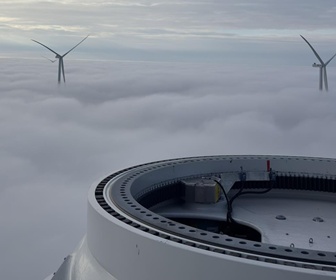- Category: Articles
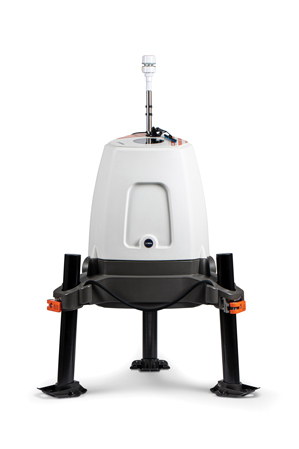 ZX 300e Wind Lidar Achieves IEC 21- to 200-Metre Classification
ZX 300e Wind Lidar Achieves IEC 21- to 200-Metre Classification
The global wind industry continues its advances towards ever-larger turbines. Whereas hub heights of 80 to 100 metres were once considered tall, today’s turbines are routinely installed at hub heights exceeding 120 to 160 metres, with rotor diameters of 170 to 200 metres. This scale of technology demands a measurement solution that can provide finance-grade wind data across the full rotor swept area. Without such measurement certainty, wind projects risk underperformance, increased cost of capital, and reduced investor confidence.
By Alex Woodward and James G. Downs, ZX Lidars, UK
- Category: Articles
Production-Conditioned Algorithms Reduce Energy Losses
Noise curtailment of wind turbines is a common way to solve the problem of excess noise near wind farms. Reducing the received sound to comply with noise restrictions may sound simple, but if the goal is to minimise production loss, the problem can become rather complex. In this article, we demonstrate how a well-composed strategy using a production-conditioned optimisation algorithm can drastically minimise the potential production loss.
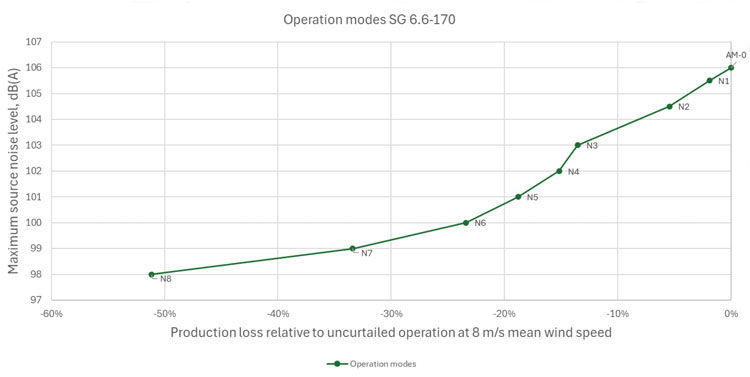
By Thomas Sørensen and Moritz Hildemann, EMD International, Denmark
- Category: Articles
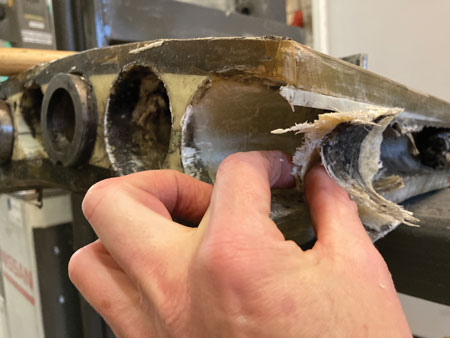 How Engineers Brought Factory-Grade Repairs to the Field
How Engineers Brought Factory-Grade Repairs to the Field
Remanufacturing, the engineering process of restoring worn components to their original specification, has strong potential in wind energy O&M. Blade root inserts are critical load-transfer bushings that have become frequent failure points, presenting as loose bushings, caused by cyclic loading and resin matrix fatigue. Traditionally, on-site repair was impractical, forcing costly transport to OEMs or even blade scrapping. A 2025 case study demonstrated a viable alternative – Dutch We4Ce and Danish CNC Onsite developed a patented remanufacturing method enabling wind park operators to restore inserts on-site. In Europe, technicians were trained in precision drilling, resin infusion bonding, and bushing installation before a dedicated workshop was set up at a 50MW wind park in South Asia. Within weeks, the wind park was carrying out repairs independently. The method delivers up to 60% cost savings, reduces downtime, and eliminates heavy haul logistics. The transferability highlights remanufacturing’s potential as a mainstream O&M strategy, extending rotor blade life while advancing reliability and sustainability goals.
By Søren Kellenberger, CNC Onsite, Denmark and Edo Kuipers, We4Ce, the Netherlands
- Category: Articles
New Approaches Enhance Gearbox Durability and Operational Efficiency
Like any modern industrial sector, the success of the wind energy industry depends on continuous innovation across its component suppliers. As turbines grow larger and more powerful, rapid technological advancement throughout the supply chain is essential to balance efficiency, reliability and cost-effectiveness. A critical, but often overlooked, area of innovation lies in lubrication, which is key to reducing friction, protecting components, and lowering maintenance costs and downtime.
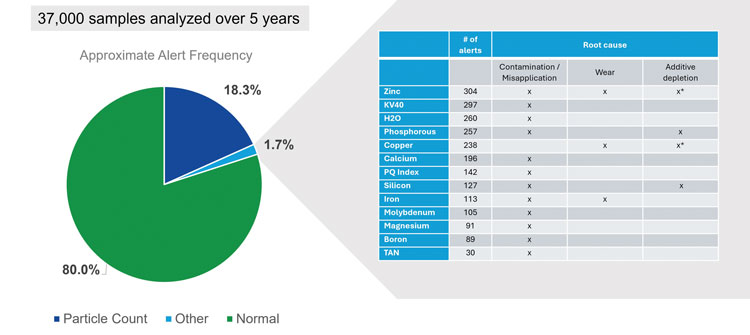
By Michael L. Blumenfeld, ExxonMobil Technology and Engineering Company, USA
- Category: Articles
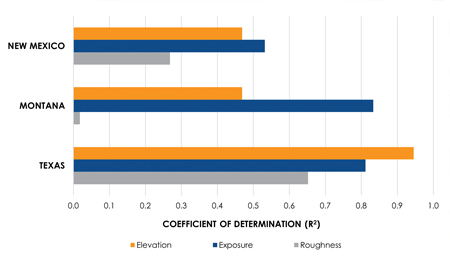 Incorporating Exposure, Surface Roughness, and Elevation
Incorporating Exposure, Surface Roughness, and Elevation
In wind resource assessment, the conventional approach to meteorological (met) mast siting has emphasised distance, recommending maintaining a maximum separation distance between each met site and the proposed wind turbine locations. This industry-accepted method assumes that shorter distances translate to better representativeness. But is distance truly the metric that matters most?
By Liz Walls and Erin Roekle, One Power Company, USA
- Category: Articles
Addressing Uncertainty Through Techno-Economic Modelling
Floating offshore wind must continue to reduce costs while managing significant uncertainties, especially in heavy maintenance. Gaining real-world operational experience is crucial to close knowledge gaps and enhance maintenance strategies. At the same time, techno-economic models provide powerful tools for simulating scenarios and supporting informed decision-making. In this context, this article explores heavy maintenance challenges and presents a practical example demonstrating how these models can effectively address uncertainty in floating offshore wind projects.
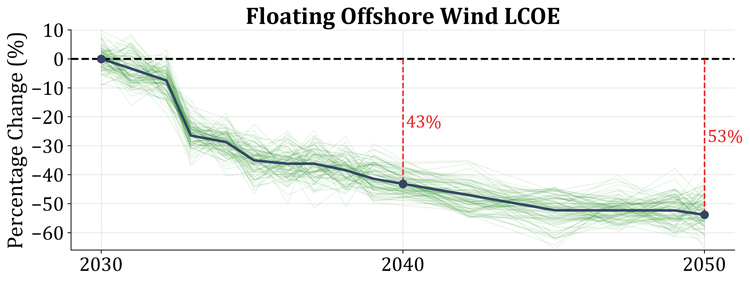
By Manu Centeno-Telleria, Researcher and Lecturer, Mondragon University, Spain
- Category: Articles
Integrating AI and Metocean Data in Offshore Operational Planning
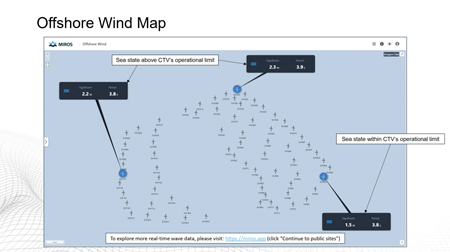 As offshore energy operations expand into deeper, more volatile waters, accurate and timely weather forecasting becomes increasingly vital. Traditional forecasting tools, while useful, often lack the resolution and immediacy required for local, dynamic decision-making. By integrating real-time metocean measurements with artificial-intelligence-powered forecasting systems, operators can gain sharper, site-specific insight to optimise offshore operations. This article explores how these technologies are being deployed, particularly at sites such as the DanTysk wind farm, to improve weather window reliability, increase operational efficiency, and enhance crew safety, offering a glimpse of what future-ready forecasting looks like in the offshore energy industry.
As offshore energy operations expand into deeper, more volatile waters, accurate and timely weather forecasting becomes increasingly vital. Traditional forecasting tools, while useful, often lack the resolution and immediacy required for local, dynamic decision-making. By integrating real-time metocean measurements with artificial-intelligence-powered forecasting systems, operators can gain sharper, site-specific insight to optimise offshore operations. This article explores how these technologies are being deployed, particularly at sites such as the DanTysk wind farm, to improve weather window reliability, increase operational efficiency, and enhance crew safety, offering a glimpse of what future-ready forecasting looks like in the offshore energy industry.
By Richard Chen, Customer Success Manager, Miros, Norway



